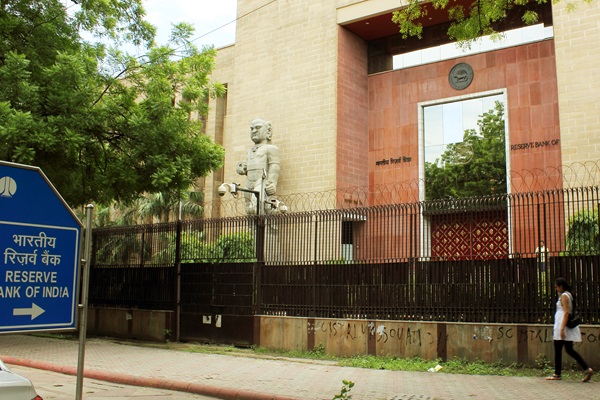.png)

Groupthink is the House View of BasisPoint’s in-house columnists.
July 17, 2025 at 2:15 PM IST
Reserve Bank of India Governor Sanjay Malhotra’s remarks in his CNBC-TV18 interview reveal a subtle but meaningful shift in the central bank’s stance on the Cash Reserve Ratio. Once treated as a blunt instrument reserved for crises, CRR is now being framed as a standard part of the RBI’s liquidity management toolkit, something to be deployed with care but normalised as part of regular policy operations.
Malhotra was unequivocal in clarifying CRR’s purpose: it is not a prudential tool like the Liquidity Coverage Ratio, but a systemic liquidity management lever available to the central bank. In the past, the RBI has used this tool sparingly. Even through the disruptions of COVID-19, it resisted frequent CRR adjustments, aware of the powerful signal such moves send to markets about systemic liquidity conditions.
This conservatism seems to be giving way to a more pragmatic approach under Malhotra’s governorship. By describing the recent announcement that the CRR will be cut by 100 basis points in the last four months of 2025 as a pre-emptive move intended to give banks certainty in uncertain times, Malhotra is signalling this new approach. The idea is that, rather than deploying CRR only in crises, the central bank can also use it in anticipation of stress to smooth market functioning and help banks plan their balance sheets more confidently.
But there is an important risk embedded in this new normal.
Normalising CRR adjustments risks eroding the very clarity and signalling power that has made it such an effective emergency tool. Unlike repo operations or variable rate reverse repo auctions, CRR has a lasting impact on system liquidity by altering the share of deposits banks must maintain with the RBI without earning interest. This makes liquidity either more costly or cheaper, as banks inevitably pass these changes on to borrowers and depositors over time.
Frequent or anticipatory CRR cuts can send mixed messages to markets. Instead of being read as a clear signal of exceptional liquidity support, they could become routine events that blur the distinction between standard liquidity management and true crisis intervention. In effect, the RBI risks turning what was once an emergency brake into just another dial on its policy dashboard.
There is also the danger of encouraging dependency. If banks come to expect that the RBI will always act pre-emptively to offer them liquidity certainty in volatile times, they may underinvest in managing their own liquidity risk. The central bank’s move to give them more planning certainty could inadvertently weaken the market discipline that underpins a resilient banking system.
Another concern lies in policy coordination. The RBI’s liquidity framework already has multiple, more flexible tools for managing short-term liquidity. Variable rate repo and reverse repo operations, and the standing facilities to borrow from and park funds with the RBI provide targeted and transparent ways to adjust liquidity without the permanent system-level impact of CRR changes. Overusing CRR can create confusion about the RBI’s overall policy stance, especially if it sends conflicting signals alongside these other instruments. In a hypothetical scenario where global geopolitical developments take a turn for the worse in the coming months and the Monetary Policy Committee is forced to tighten its stance from the current neutral sometime after August, while the US’ tariff war starts raising prices globally, the RBI’s pre-announced CRR cuts starting September will look rather odd.
Malhotra’s own remarks indirectly acknowledge this complexity. While framing the CRR cut as a move to support planning, he also noted its cost to banks, depositors, and borrowers. This cost is not trivial. By lowering CRR, the RBI reduces banks’ cost of funds, supporting credit growth. But if conditions tighten in the future, raising CRR to absorb liquidity will increase those costs again, transmission that can be blunt and difficult to calibrate.
None of this is to argue that CRR should be off-limits. It remains a legitimate and valuable part of the central bank’s liquidity arsenal. But its power lies precisely in its sparing and deliberate use. Treating it as a routine, pre-emptive management tool risks weakening that power.
As the RBI prepares to release its revised liquidity framework, this tension deserves careful attention. Normalising a lower CRR may provide short-term planning certainty, but at the risk of undermining long-term policy clarity, market discipline, and the effectiveness of India’s overall liquidity management strategy.
In the push to reassure banks and smooth market functioning, the central bank must ensure it does not compromise the very discipline and credibility that are vital to sound monetary policy.




